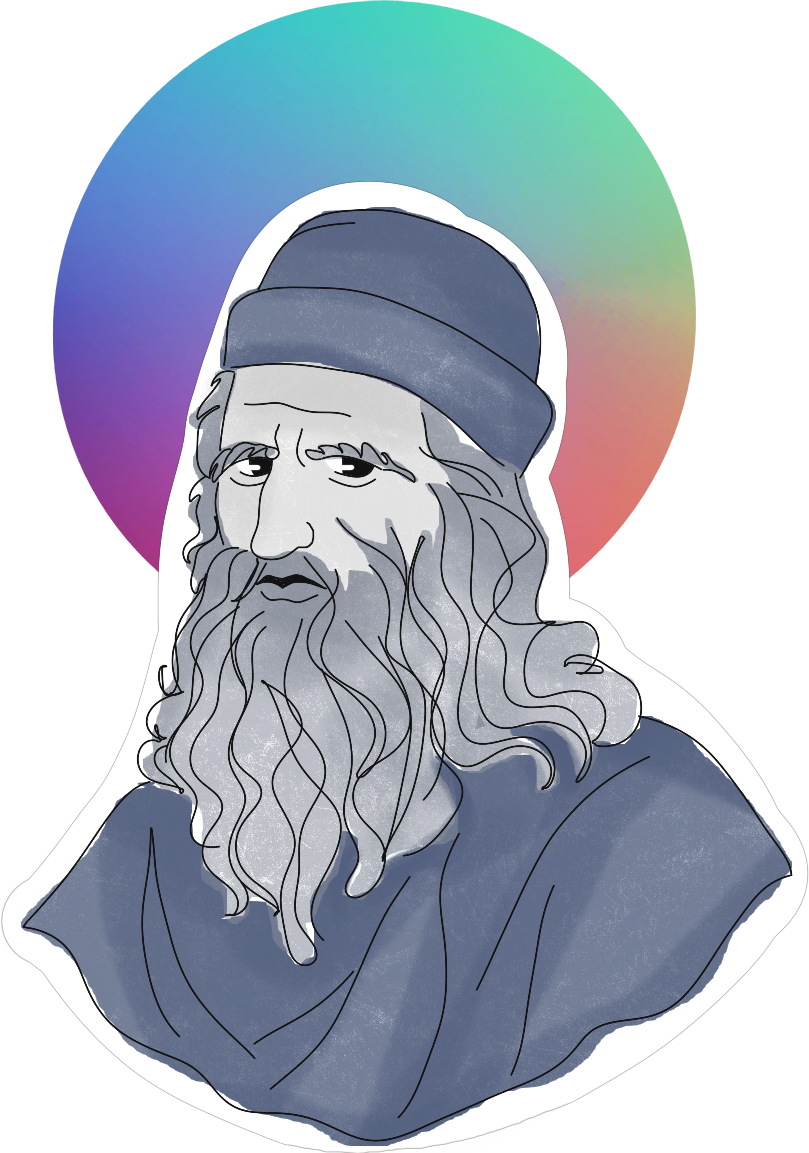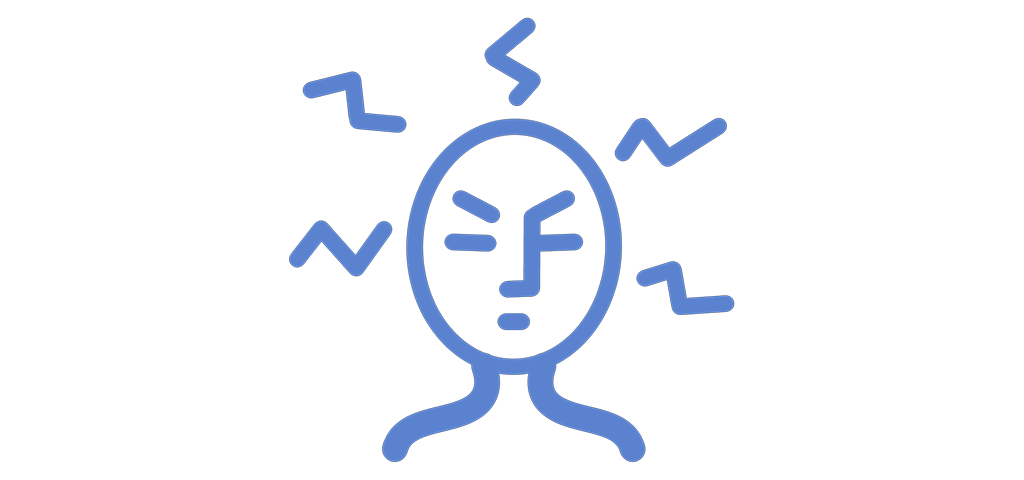
Index
We hope that you will be inspired by the ideas raised in this publication!
- Foreword
- What is STEAM?
- Analyzing the Case Data
- PHASE 1 & Cases | PHASE 2 & Cases | PHASE 3 & Cases
- Conclusions
Foreword

Arts and culture are not new things in our societies. In one form or another, they have been around as long as mankind. In ancient languages for example, there were hardly any words for arts and culture. Artistic activities were called what they were, i.e., singing, dancing, poetry or something else. Among other things, art was exercised to speak with the Gods, enter “the other side” of life, celebrating important life events or gaining the spirits’ favor for the next hunting excursion.
There was not a need to separate arts and culture into their own field, distinct from the meanings and functions of everyday life. It wasn’t rare that scientists were interested in the arts as much as science, as they saw both activities as equally important ways to understand and describe the universe and its order. Leonardo da Vinci and Pythagoras were scientists, engineers and artists. They saw it natural to describe the world through both lenses.
By the time of the Enlightenment, the trend to categorize different activities into distinct disciplines overthrew this holistic thinking. The state separated from the church and huge leaps forward were made in science with new technological tools that allowed precision and scope. The amount of information and data increased, and the number of areas or disciplines one person could master became more difficult. Digitalization has yet brought new layers of complexity.
In our separated world, art became something that was done by artists. It was performed in concert halls and theatres, displayed in galleries or studios. The separation of art into its own category made art the realm of artists, and those that enjoyed the fruit of artists became spectators, viewers and other passive audiences. With these changes, came the notion of art being something extra, something to do in ones’ free-time, if one was lucky enough (or had sufficient money). It was not considered a necessity or even seen as a fundamental part of life anymore.
But why then has art been around for as long as humankind? Cavemen hardly had problems with too much free time that they needed to fill with hobbies. But still they frequently embellished their swords and knives, pottery, crafted jewelry and no doubt used music, dancing and sated their aesthetic preferences in their everyday lives. If we were to look for reasons as to why some objects, rituals or important events in life were given this extra attention, one could say that they had a need to make them meaningful. They were also attempts to understand, communicate and reach beyond what we can comprehend, searching for meaning and purpose.
Sometimes it seems like the profound meaning and role of art in humanity has seldom been as overlooked as it is today, at least when we look at the discussions that steer many organizations and nations. Economic gains seem to inform most decisions. Even when the aims are to make life better for all, we seem to get stuck on thinking that more of something that worked yesterday, will automatically work even better if we just have more of the same. We need to be reminded of the nature of art again. How it can help find answers to the unanswerable questions of life, and how it is a way to enter those realms of life that we will not find absolute truths or answers for.
What is actually meaningful and worth working towards in our lives?
This publication hopes to inspire an open kind of respect and awe for art, just like the admiration we have for great science. There are many commonalities between great art and great science. We can learn something about the nature of life through combining both of these unique perspectives. If nothing more, it will awaken a profound curiosity that keeps us searching for new answers while finding new questions. In the end, these creative processes are what we call life, together on our planet.
– Silja Suntola, Creative Industries Research Unit, South-Eastern Finland University of Applied Sciences
What is STEAM?
Introduction to the theories and frameworks behind the STEAM process of introducing the variable Arts (A) into the Science, Technology, Engineering and Mathematics (STEM).
Analyzing the Case Data
How do we shift the point of view? Artistic skills are not defined through the self-assessment of artists but through the evaluation of those who have introduced Art in their study or research processes.

PHASE 1
Our personal skills and competences are about self-awareness, our ability of learning-to-learn and thinking critically. The first phase focuses on what happens inside us, in our minds and in our ways of learning, thinking, and utilizing different bodily senses as well as logic. In the Phase 1 cases, insight and instinct are dominant in the STE(A)M process.

PHASE 2
The process itself, the “test drive”, relies on how we communicate, solve complex problems and lead the people, methods and tools used. The second phase focuses on the processes behind the outputs, bringing out the critical points where arts and science collide and interact to create something more.

PHASE 3
When we produce something and raise interest, the end product is highlighted instead of the processes or the driving force behind it. Phase 3 asks us to ponder, how we raise awareness and interest, and how the work communicates the essence of what we want to show.
Conclusions
How do we hope to redesign the role of art for education? Here are some thoughts on the question and a few words on how this publication was made.
